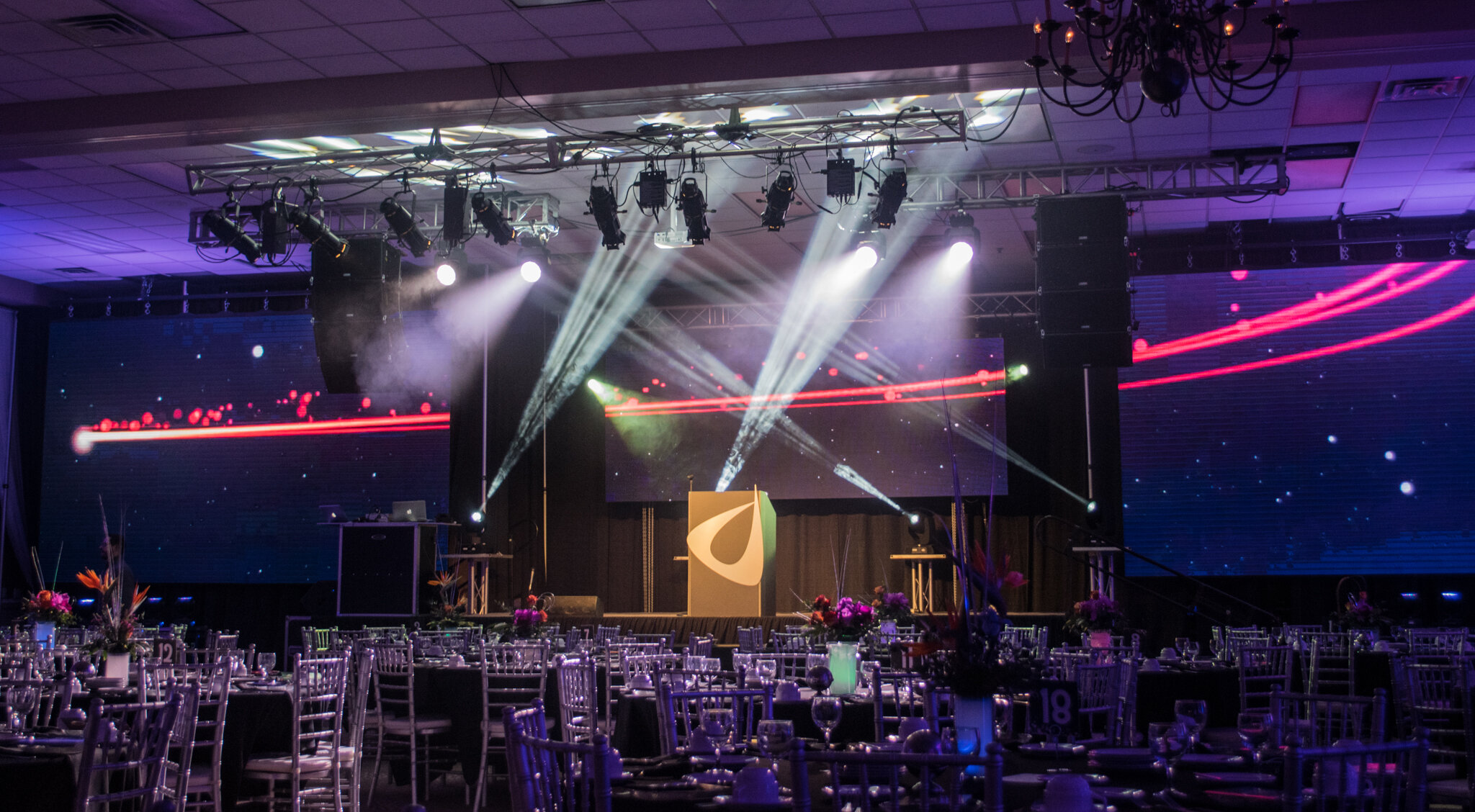Choosing the Ideal Dot Spacing for Optimal Light Emitting Diode Wall Performance
Choosing the Ideal Dot Spacing for Optimal Light Emitting Diode Wall Performance
Blog Article

As it comes to light-emitting diode walls, a key most elements to take into account is pixel pitch. Pixel pitch is defined as the distance between the centers of two neighboring pixels on an LED display. This measurement is commonly expressed in mm. Understanding pixel pitch is essential because it explicitly affects the resolution and definition of the visuals displayed. A reduced pixel pitch means that the pixels are nearer together, leading to a higher resolution, while a bigger pixel pitch yields in a lower resolution. Thus, selecting the appropriate pixel pitch is essential for achieving peak LED wall functionality.
The choice of pixel pitch often depends on the viewing distance. For example, if the light-emitting diode wall is intended to be viewed from a distance, a bigger pixel pitch may be appropriate. This is because the human eye cannot easily distinguish individual pixels when they are more distant away. On the other hand, if the wall will be observed up nearby, a smaller pixel pitch is needed. In situations such as indoor events, where viewers are typically nearer to the screen, a smaller pixel pitch will provide a sharper and more distinct image. Hence, understanding how viewing distance impacts pixel pitch is critical to making an educated choice.
Another important consideration is the planned use of the light-emitting diode wall. Various applications, such as promotion, concerts, or conference presentations, may necessitate varied pixel pitches. For example, an light-emitting diode wall used for promotional purposes in a shopping center may benefit from a pixel pitch that allows for vibrant colors and elevated detail so that it grabs the focus of bystander shoppers. Conversely, an outdoor LED wall used at a concert may prioritize brightness and visibility over resolution, allowing for a larger pixel pitch. Therefore, the particular context in which an LED wall will be used is vital for determining the appropriate pixel pitch.
Pricing is also a major consideration when selecting pixel pitch. Generally, LED displays with smaller pixel pitches often to be more costly due custom led wall for exhibitions to the increased density of pixels and the advanced technology required for manufacturing. Although it may be enticing to choose a high-resolution display with a small pixel pitch, budget constraints often necessitate a balance between quality and cost. Organizations should assess their needs and decide how much they are prepared to invest in an light-emitting diode wall, ensuring that the pixel pitch matches with their financial capabilities while still satisfying functional expectations.
Ultimately, it is essential to consider the maintenance and durability of the light-emitting diode wall when selecting pixel pitch. Displays with smaller pixel pitches can sometimes be more fragile and may need more meticulous handling and maintenance. Regular upkeep is required to ensure that the display functions effectively over time. Understanding the maintenance requirements and potential issues associated with varied pixel pitches can help organizations make a more informed choice. By taking into account all these factors, including viewing distance, planned use, cost, and maintenance, one can select the perfect pixel pitch for optimal LED wall performance.